If you’re serious about building strong shoulders, the rear delt cable fly is a must-try exercise. It’s simple, effective, and targets those often-neglected rear delts. Whether you’re a beginner or a seasoned gym-goer, this exercise can help you develop a balanced physique.
What is the Rear Delt Cable Fly?
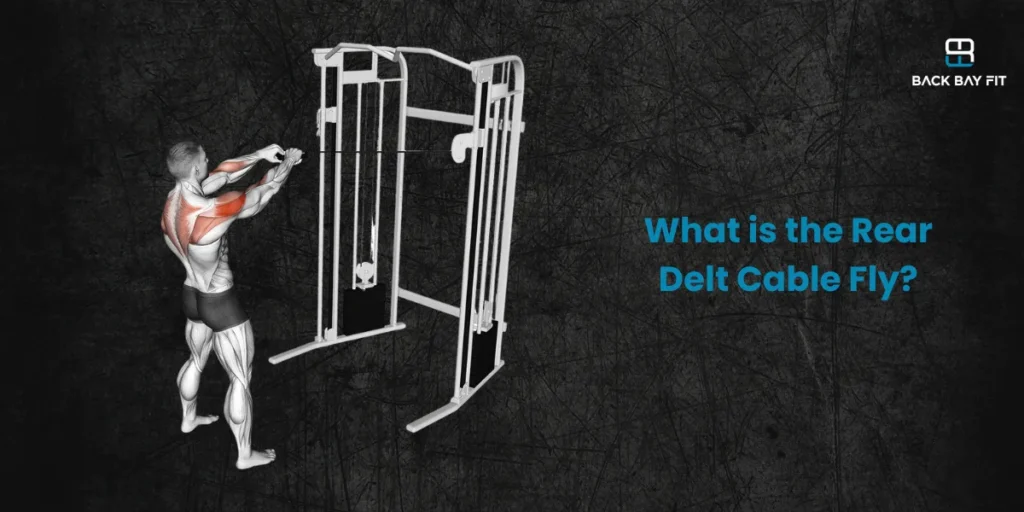
The rear delt cable fly is a cable machine exercise that targets the rear deltoid muscles (the muscles on the back of your shoulders). It’s a great way to isolate and strengthen the rear delts, which are key for shoulder health and overall upper body strength. The movement involves pulling the cable from in front of you to your sides, squeezing your shoulder blades together to really hit the rear delts.
Are Rear Delt Cable Flys Good?
Yes, rear delt cable flys are excellent for targeting the rear deltoids. Many exercises focus on the front or middle delts, but the rear delts often get overlooked. Strengthening these muscles helps with posture, prevents shoulder injuries, and creates a more balanced shoulder appearance.
What Muscles Does the Rear Delt Fly Work?
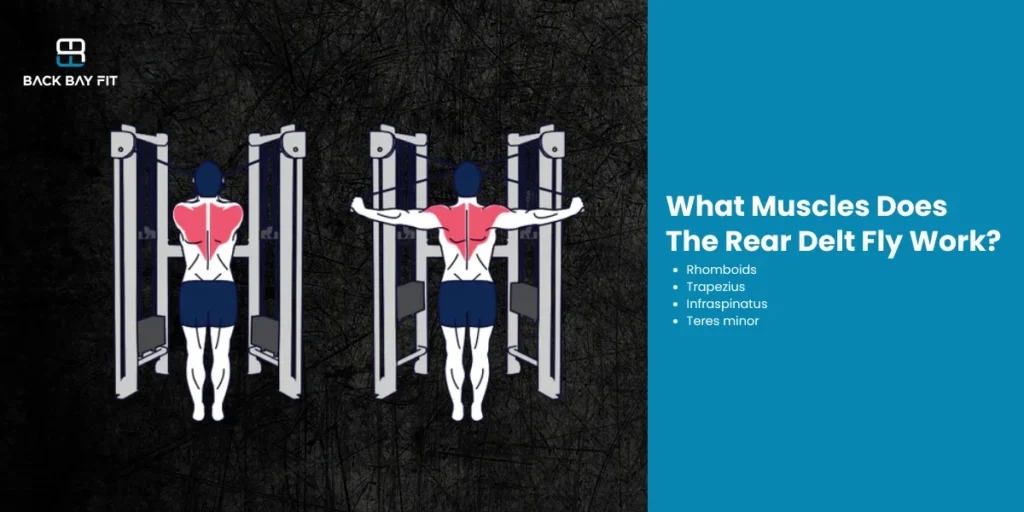
The rear delt fly primarily works the rear deltoid muscles, but it also engages other muscles in your upper back, including:
- Rhomboids
- Trapezius
- Infraspinatus
- Teres minor
These muscles work together to support your shoulder joint, improve posture, and help with upper body movements.
How to Do Rear Delt Fly on Cable
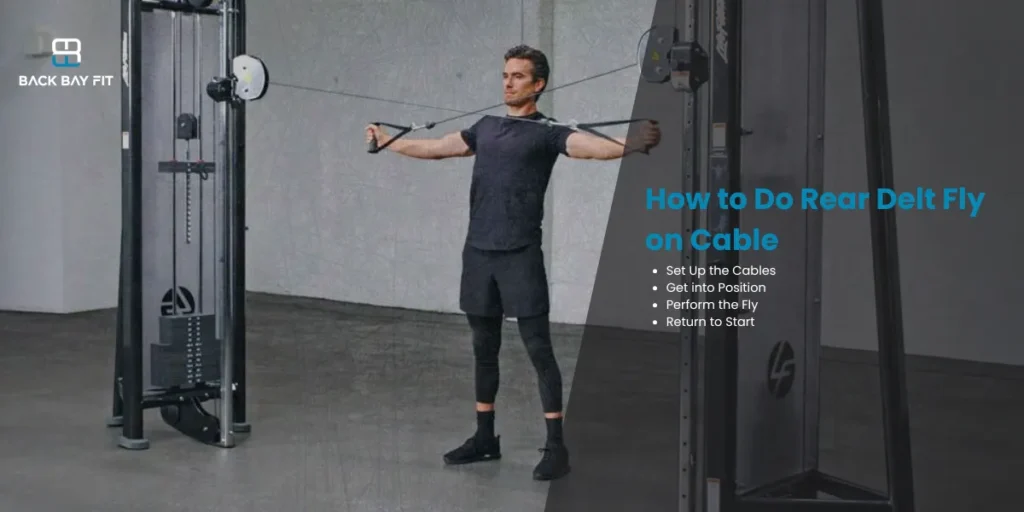
Here’s a step-by-step guide to performing a rear delt cable fly:
- Set Up the Cables: Attach a handle to both high cable pulleys. Stand in the center, grab the handles, and take a step back so there’s tension in the cables.
- Get into Position: Stand with your feet shoulder-width apart, slightly bend your knees, and hinge forward at the hips. Keep your chest up and your back straight.
- Perform the Fly: With your arms extended in front of you, pull the handles out to your sides, keeping a slight bend in your elbows. Focus on squeezing your shoulder blades together at the end of the movement.
- Return to Start: Slowly bring the cables back to the starting position, maintaining control over the weight.
Rear Delt Cable Fly Form: What to Keep in Mind
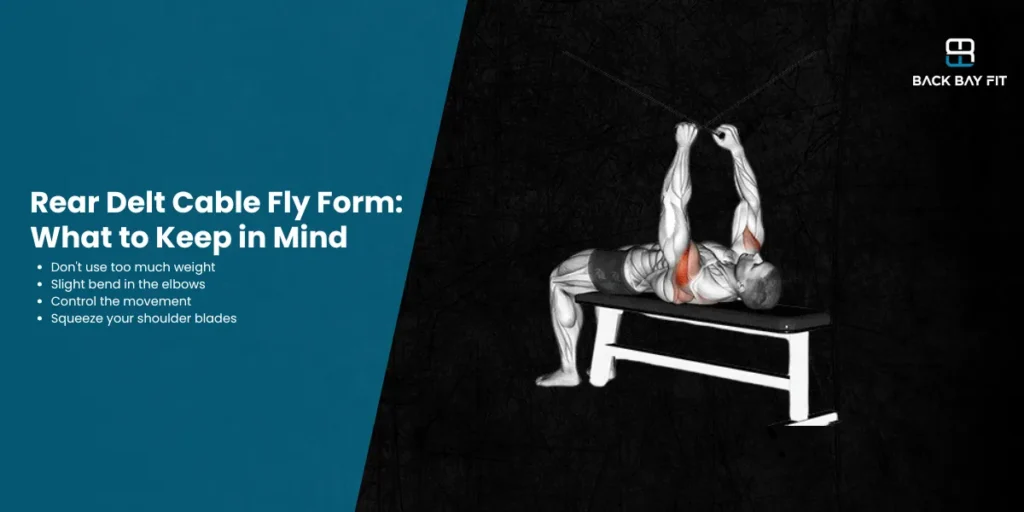
Form is crucial when doing rear delt flys to avoid injury and maximize results. Here’s how to ensure you’re doing the exercise correctly:
- Don’t use too much weight: Choose a weight that allows you to control the movement without swinging.
- Slight bend in the elbows: Keep a slight bend in your elbows throughout the movement to protect your joints.
- Control the movement: Don’t let the cables pull you back too quickly. Focus on a slow, controlled motion for both the push and pull.
- Squeeze your shoulder blades: At the top of the movement, squeeze your shoulder blades together to fully activate your rear delts.
Are Rear Delt Flys Worth It?
Absolutely. Rear delt flys help improve posture, reduce shoulder pain, and increase overall shoulder stability. By incorporating them into your routine, you’re balancing out the muscles in your shoulders, which is crucial for long-term shoulder health.
Rear Delt Cable Fly Variations
While the traditional rear delt fly is great, you can also switch it up with some variations:
- Rear Delt Cable Fly Single Arm: This variation isolates each shoulder, allowing for better focus on one side at a time.
- Rear Delt Cable Fly 45 Degree: Performing the fly at a 45-degree angle can hit the rear delts from a slightly different angle for better activation.
- Single Arm Cross Cable Rear Delt Fly: A great alternative that isolates the rear delts even more and works each side individually.
- Single Arm Cuffed Cable Rear Delt Fly: Using a cuff attachment can provide a more secure grip for better control during the movement.
Rear Delt Cable Fly Benefits
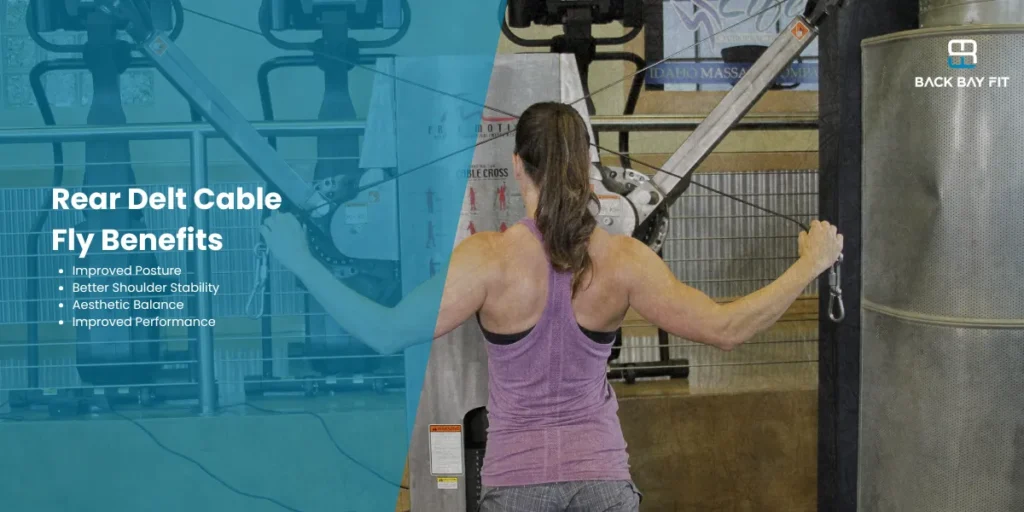
- Improved Posture: Strengthening the rear delts helps pull your shoulders back, improving posture and reducing slouching.
- Better Shoulder Stability: A strong rear delt makes your shoulder joint more stable, which helps prevent injuries.
- Aesthetic Balance: If you’re working on building your shoulders, the rear delts add balance to the front and side delts, making your physique more proportional.
- Improved Performance: Strong rear delts support better movement in exercises like overhead presses and pull-ups.
Conclusion
The rear delt cable fly is a simple yet powerful exercise that can make a significant difference in your shoulder training. Whether you’re looking to improve posture, reduce injury risk, or build balanced shoulders, this exercise should be in your routine. Start with proper form, adjust the weight as needed, and don’t be afraid to mix up the variations to keep things interesting. Your shoulders—and your posture—will thank you.
Remember, consistency is key. So, the next time you’re at the gym, give the rear delt cable fly a try and feel the difference it makes!





